How does a Tory Party leadership contest work?
Here is how the complex process is expected to play out
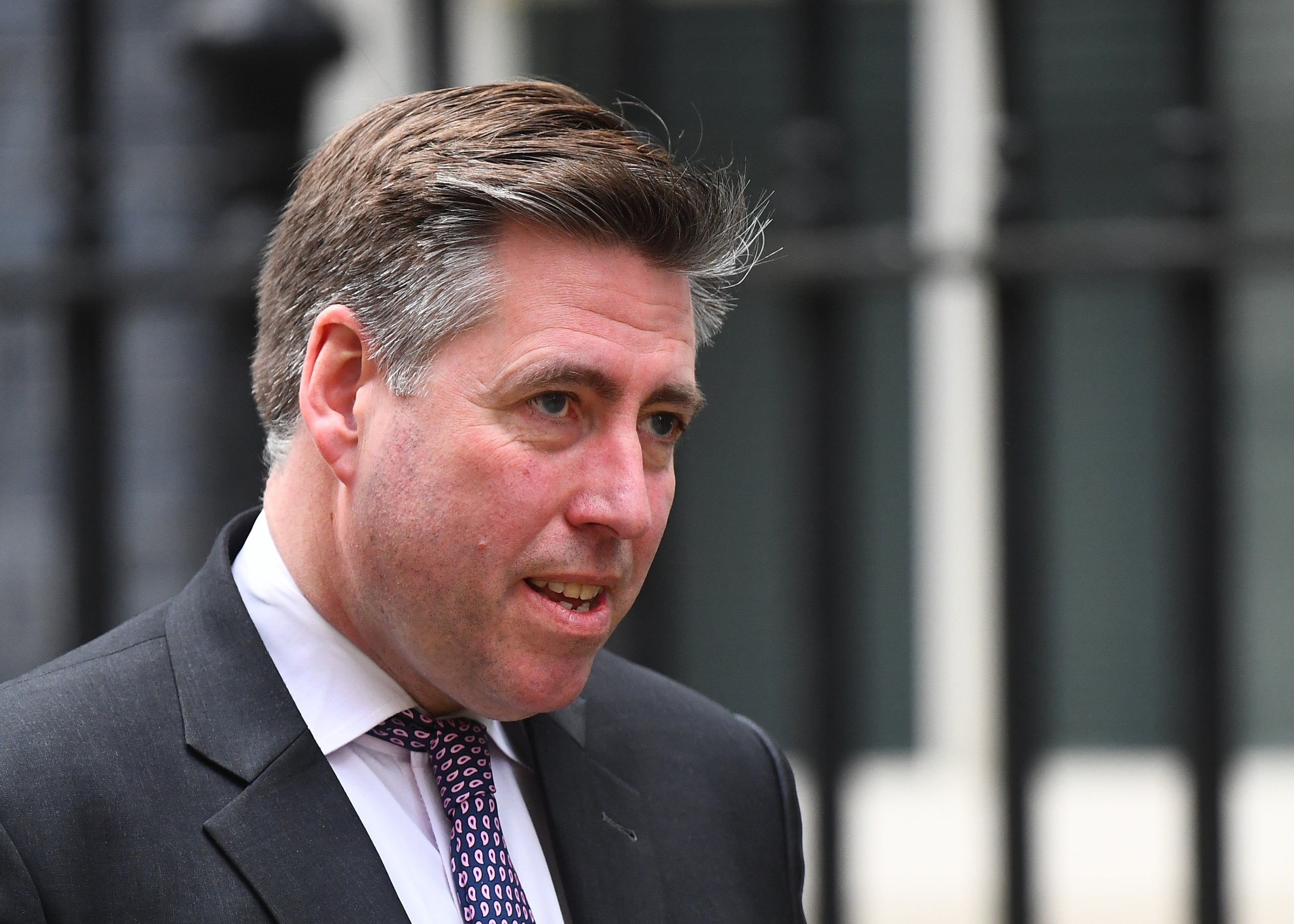
The resignation of Boris Johnson fires the starting gun on the race to replace him as leader of the Conservative Party.
Just five candidates remain in the race following Thursday’s second round of voting.
Chancellor Nadhim Zahawi, attorney general Suella Braverman, ex-health secretaries Sajid Javid and Jeremy Hunt and transport secretary Grant Shapps have already dropped out after failing to amass the support needed.
That leaves ex-chancellor Rishi Sunak as the front-runner to replace Mr Johnson, the very man whose resignation last week marked the beginning of the end for the scandal-hit prime minister.
Junior trade minister Penny Mordaunt, foreign secretary Liz Truss, Kemi Badenoch and Tom Tugendhat make up the rest of the pack.
Here is how the complex process is expected to play out.
– Who is in charge of the leadership contest?
The 1922 Committee, a powerful backbench committee chaired by Sir Graham Brady, has the ultimate responsibility for setting the rules in any Conservative Party leadership contest.
Leadership elections only happen if a Conservative leader resigns or if they lose a vote of confidence among MPs.
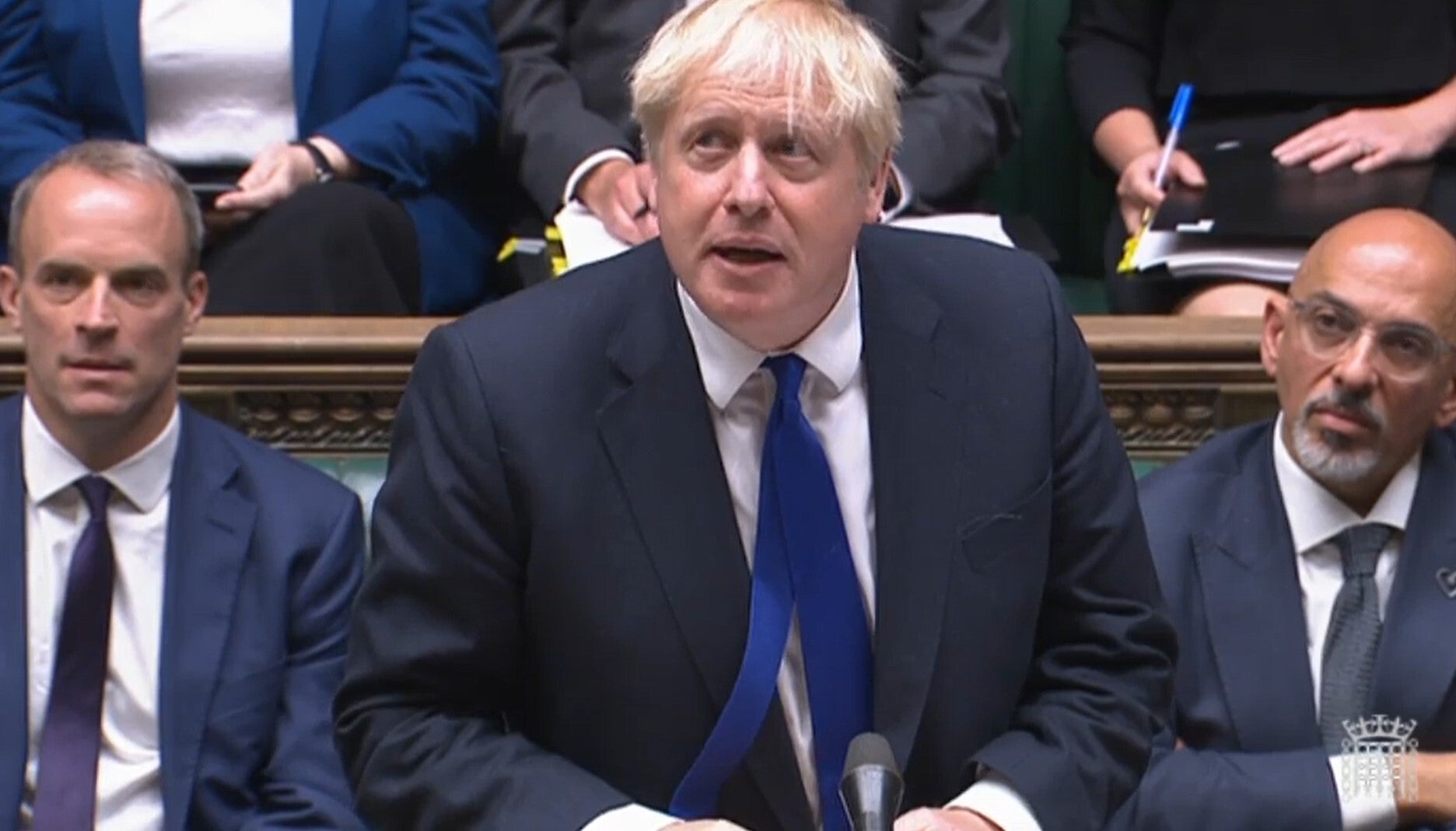
Now that Mr Johnson has resigned, a leadership contest will be held to replace him as Tory leader.
– When does the contest begin?
In his resignation speech outside Downing Street, Mr Johnson said that he had agreed with Sir Graham “that the process of choosing that new leader should begin now and the timetable will be announced next week”.
That timetable, agreed by the 1922 Committee and Tory Party HQ, will likely see a new Tory leader in place by 5 September.
This is fairly typical. The process to replace Theresa May in 2019 took about 40 days.
Some Tory MPs have expressed an eagerness to accelerate the process to have a new leader in place as soon as possible and Labour tried and failed in its bid to stage a no confidence vote in the government in a bid to hurry matters up.
– Who gets to vote?
Both Tory MPs and Conservative Party members play a decisive role in electing the next leader.
– How does the process work?
The leadership contest usually takes place over two stages, if there are multiple candidates.
The Executive Committee of the 1922 Committee will determine the rules and procedures for how a contest will play out, alongside Conservative Party headquarters.
Those rules, as well as the timetable, are announced by the chair of the 1922.
The first stage sees the number of candidates whittled down, with a series of ballots.
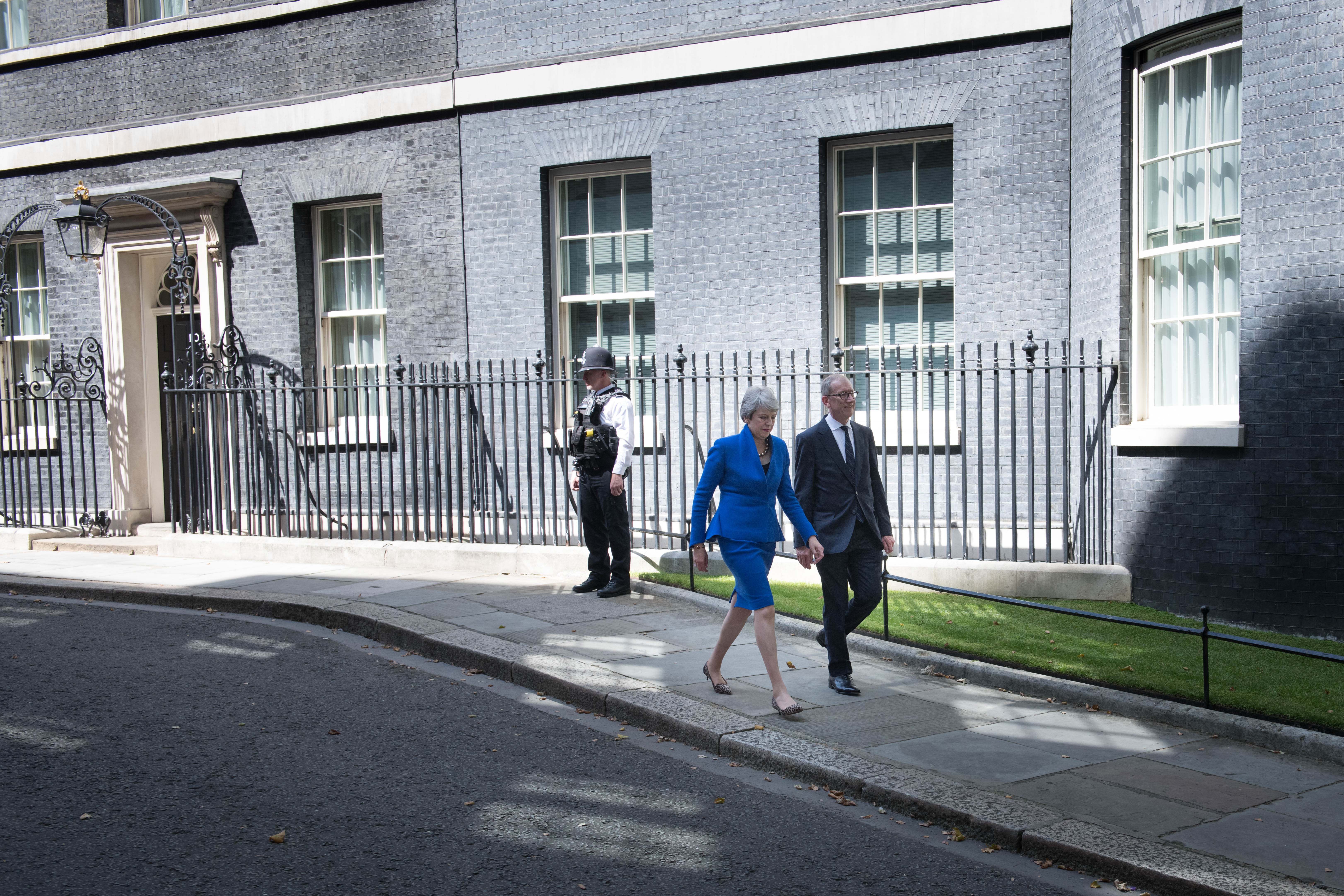
If necessary, across multiple ballots, the candidates with the lowest number of votes are eliminated and MPs are re-balloted until only two candidates are left.
For example, during the 2019 leadership contest to replace Ms May, which saw Mr Johnson elected leader, there were initially 10 candidates in the first ballot, with several rounds of balloting taking place until only Mr Johnson and Mr Hunt were left.
– What happens then?
At this stage, the two MPs left will face a vote of Conservative Party members.
It means that members of the party will get their say on who should be the leader of the Conservative Party, as well as the next prime minister.
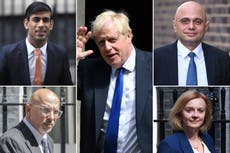
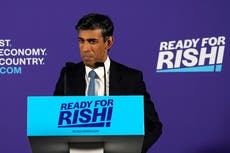

Bookmark popover
Removed from bookmarks